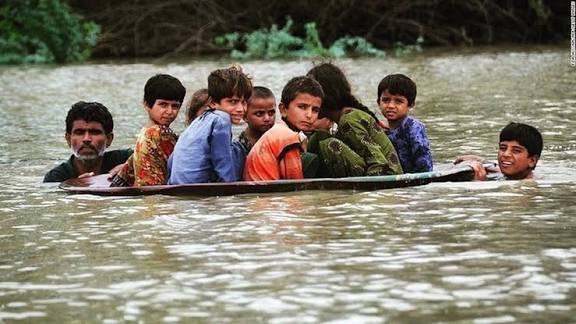
Every year when the clouds gather, families across Pakistan pray for rain that nourishes their crops — not rain that washes their lives away. But in recent years, prayers have often turned into cries for help. Floods, once rare, have become devastatingly common.
In Sindh and Balochistan, villages vanish under brown water, leaving families huddled on rooftops or temporary shelters. In Khyber Pakhtunkhwa, swollen rivers tear through valleys, destroying bridges that connect communities. Parents cling to their children as rising waters sweep away everything familiar.
For farmers, floods mean more than losing land. It is losing the only way to feed their families. For children, it is schools turned into shelters and studies put on hold. For women, it is walking miles to fetch clean water because wells are contaminated.
Hospitals struggle as waterborne diseases spread quickly. Skin infections, diarrhea, and malaria add another layer of suffering. Relief camps try to help, but resources are never enough, and the faces of the displaced tell a story of exhaustion and uncertainty.
The sadness of floods is that they keep coming back, bigger each time. Climate change, deforestation, poor drainage systems, and lack of long-term planning all make the problem worse. And while people rebuild with courage, each flood leaves scars that cannot be measured — scars on the land, and scars in the hearts of the people



You must be logged in to post a comment.